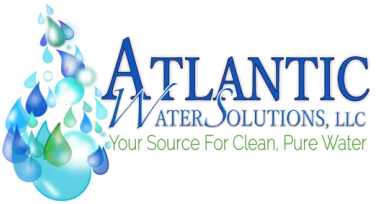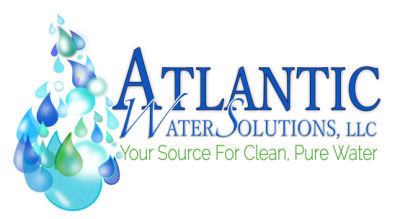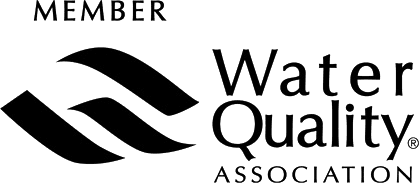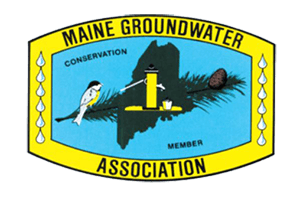Radon Water Testing for Your Home
Serving Maine and New Hampshire
Radon is a naturally occurring radioactive gas that comes from the natural decay of uranium that is found in nearly all soils and rocks. It cannot be seen, smelled, or tasted, which is why it is dangerous.
Radon gas comes from the natural decay of uranium in the rocks and soil. Uranium breaks down into radium, and radon is the decay of radium.
Radon can enter the home in many ways including from the soil through cracks, through water, and from building materials such as pipes and pumps.
How Does Radon Get Into Drinking Water?
When the ground produces radon, it can dissolve and accumulate in water from underground sources such as wells. While radon gas can escape from the water and go into the air, some radon also stays in the water. High levels of dissolved radon are found in the groundwater in some areas flowing through granite or granitic sand and gravel formations. If you live in an area with high radon in groundwater it can get into your private well.
Based on a National Academy of Science report, the EPA estimates that radon in drinking water causes roughly 170 cancer deaths per year. The United States Environmental Protection Agency states that nearly one out of every 15 homes in the United States is estimated to have an elevated radon level (4 pCi/L or more) which still poses a risk and, in many cases, should be reduced.
Why is Radon So Dangerous?
The danger in radon exposure is that you can’t see it, taste it, or smell it, and you won’t have any symptoms to alert you. It does not cause immediate health symptoms — so there’s no way to know if you are at risk of radon poisoning. Radon causes over 20,000 deaths annually in the U.S., which is more than fires, falling, and drowning combined. It is also the second leading cause of lung cancer deaths after smoking.
Radon concentrations commonly are much higher in water than in air. As a general rule, a measurement of 10,000 pCi/L of radon in well water will contribute 1.0 pCi/L throughout the household air. However, this may vary depending on the amount of water used, the air exchange rate of the building and the proximity of an airborne test to the point of water usage.
Many wells in the United States have been found to contain more than 10,000 pCi/L. To help protect against waterborne radon, the federal government passed the Safe Drinking Water Act Amendment of 1996. Some current state recommendations for waterborne radon reduction are: Maine, 4,000 pCi/L; New Jersey, 2,500 pCi/L; New Hampshire, 2,000 pCi/L. We provide the best solutions for waterborne radon reduction. Property owner safety and optimum radon reduction are our primary concerns.
Radon Symptoms: How Do You Know If You’re Being Exposed?
When it comes to radon, it is not enough to know that the house next door to yours has been tested as radon levels can vary from one building to the next. The only way to know if you have too much radon in your home is to test for it. You can test the air and the water in your home for radon levels. If you have already tested the air in your home and found high levels, you may want to test your water supply as well. Radon in water is typically only an issue for people who use well water or a public water supply system that uses ground water.
If you have your water tested and it indicates high radon levels, there are treatments that will remove radon from the water before it enters the home or at the tap. Radon can be removed from water by:
- Aeration treatment – spraying water or mixing it with air and then venting the air from the water before use.
What to Do If You Have Radon in Your Water
Radon in water usually originates in water wells that are drilled into bedrock containing radon gas. Dissolved radon in groundwater will escape into indoor air during showering, laundering, and dish-washing. If your water has tested positive for radon, the team at Atlantic Water Solutions, LLC can help. We offer
radon reduction treatments that can remove radon from your water system so you can have clean water running throughout your home. We use the REPCO Bubble-Up® system, which separates the radon from your well water and releases it outside your home.
Contact Us for Radon Water Testing
Whether it's from the air you breathe or the water you drink, radon isn't friendly. The only way to know if you have radon in your water is to have it tested. Please contact us if you would like to schedule a radon test for your home. We offer professional radon water testing and mitigation services in Waterboro, Kennebunkport, Mechanic Falls, Scarborough, Brunswick, Naples, Hollis, Berwick, Wells, York, Oxford, South Paris, & Standish, ME as well as Farmington, Windham, Alton & Rochester, NH.








